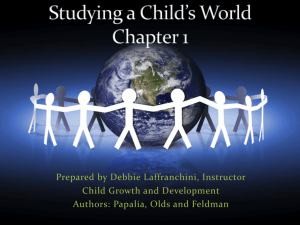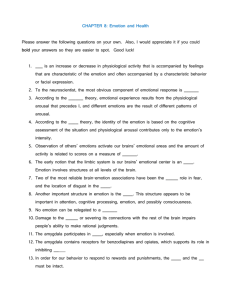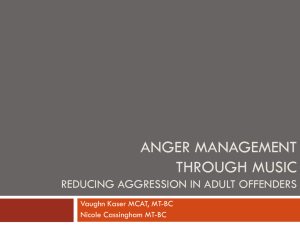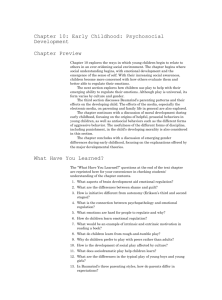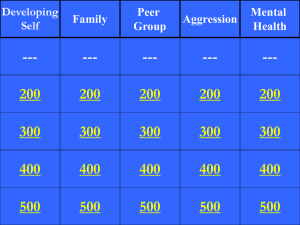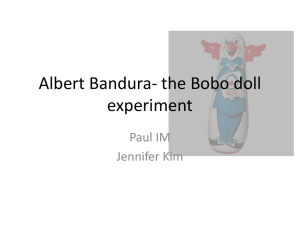An Overview of Early Childhood Development
advertisement
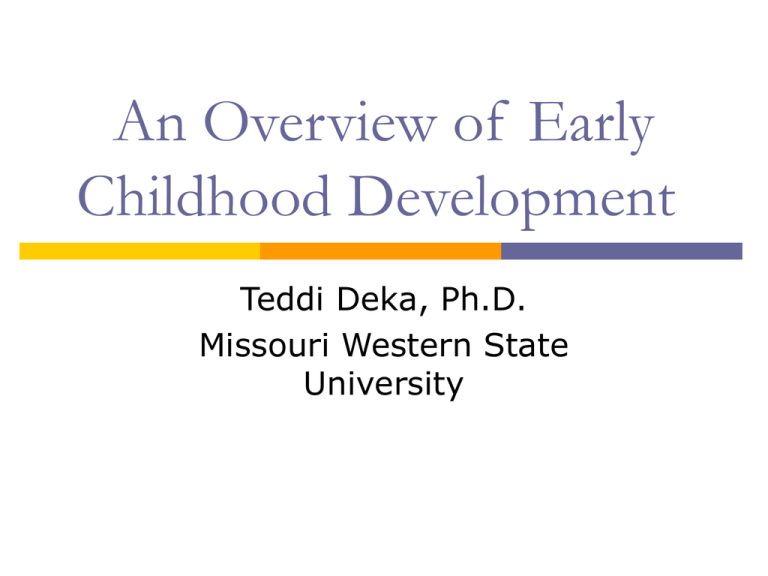
An Overview of Early Childhood Development Teddi Deka, Ph.D. Missouri Western State University I. What is Development? Change From Genetics (nature) Caring (nurture) Environment Influenced by Growth, Senescence Domains Contexts Following a Sequence based on Averages Ranges Domains and Contexts of Development Exercise: What is one question about child development that you would like to ask? Domains of Development Physical Cognitive Social / Emotional Contexts of Development Historical Socioeconomic Cultural Averages and Ranges II. Average Development in the Cognitive Domain Of interest to early childhood providers: How does the child think/solve problems? What types of problems interest the child? How can I improve the child’s ability to think/solve problems? How Does the Child Think / Solve Problems? Theories of Child Development Jean Piaget’s Cognitive-Developmental Theory Lev Vygotsky’s Sociocultural Theory Theory of Mind Problems that interest the young child There are not right or wrong answers The adult won’t get mad or anxious It is fun It involves play It involves creativity (coloring, little scientist) The task is bright or loud or irritating The task is repetitive III. Average Development in the Social / Emotional Domain Of interest to early childhood providers: What is typical social development? What is typical emotional development? How to I discourage aggression? How do I discipline? Typical Social / Emotional Development Erik Erikson’s Psychosocial Theory Emotion and Control Emotional Development Temperament Easy Difficult √ Shyness √ Aggression √ fearfulness √ Attention Sociability Slow to Warm Up √ Types of Aggression Instrumental Physical Verbal Relational Most Prevalent Toddler Childhood Childhood Adolescence Gender Difference s Boys Boys Boys Girls Stability Less More Less More From 1 to 5, children should consistently improve on: Emotion Regulation Emotion Display Hostile Aggression Empathy Sympathy Improving on Aggression, Discipline and Prosocial Behavior Handout: Recommendations

